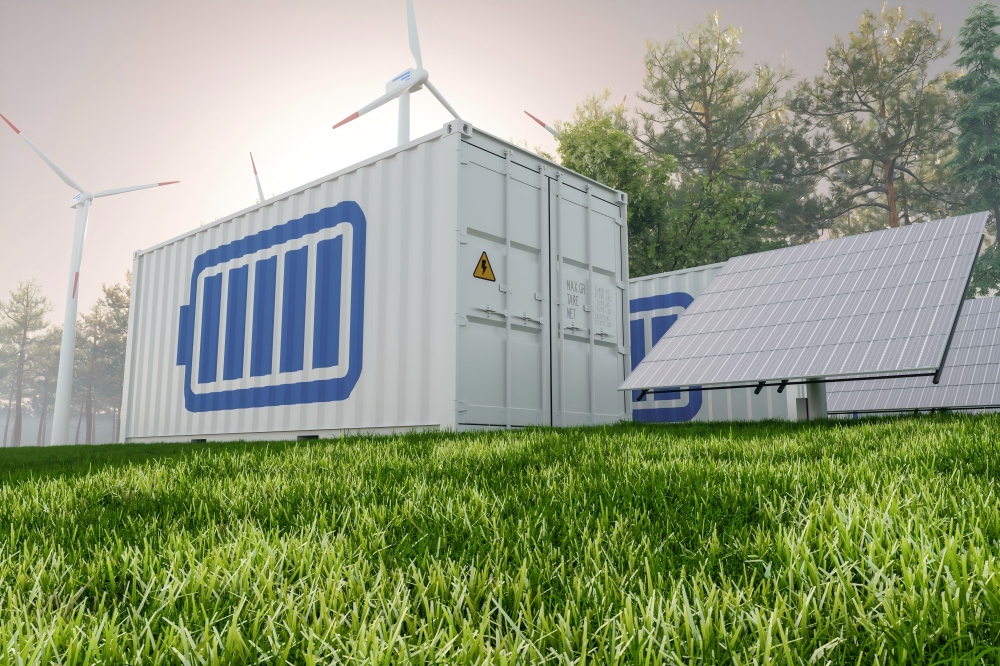How Lithium-Ion Battery Packs for Energy Storage Are Manufactured
2025-10-28
Introduction
Lithium-ion battery packs are the core of energy storage systems. Performance, safety, and longevity depend on careful design and precise manufacturing.

Step 1: Cell Selection
• High-quality cells selected based on capacity, voltage, and chemistry
• Cells are tested for voltage, capacity, and internal resistance
• Only uniform cells are used in a pack
Step 2: Module Assembly
• Cells connected in series and parallel to achieve desired voltage and capacity
• Connections made using laser welding, spot welding, or mechanical methods
• Modules enclosed in protective casing
Step 3: BMS Integration
• BMS monitors voltage, current, temperature, and state of charge
• Protects against overcharge, over-discharge, overcurrent, and overheating
• Balances charging and discharging across cells
Step 4: Thermal Management and Safety
• Heat sinks, cooling plates, or phase change materials used
• Fuses, circuit breakers, and fire-resistant casings installed
Step 5: Final Testing and Quality Control
• Charge/discharge cycles, voltage and current stability, and safety tests performed
• Only packs meeting standards are shipped
Conclusion
Battery pack production requires careful cell selection, assembly, BMS integration, thermal management, and rigorous testing for safe, reliable, and long-lasting packs.








